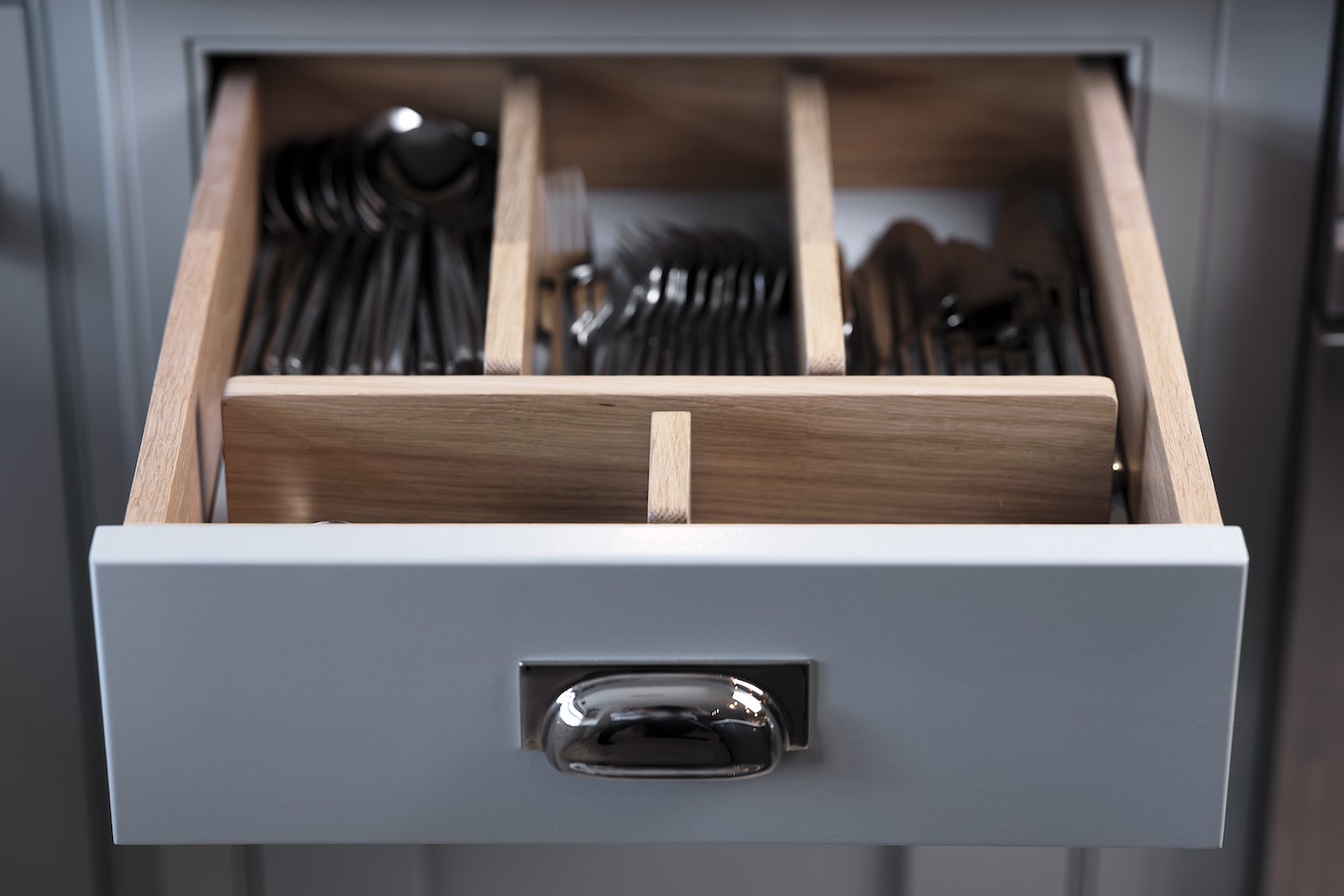The Importance of Ergonomics in Luxury Kitchen Design
Your kitchen is one of the most important rooms in your home. It’s where you cook, eat, and gather with family and friends. But if your kitchen isn’t ergonomically designed, it may be a source of annoyance and discomfort.
A good quality bespoke kitchen if treated well could last for decades, so it’s important to consider any potential changes in anthropometry, if you plan to stay in your home long term. In the UK with a housing shortage and rising costs of living, its looking more and more likely that modern households will be “multigenerational” which makes having a sympathetic and ergonomically designed kitchen, even more important (Granny might find it easier to sit on a stool whilst preparing food, but still wants to engage with the family and not have her back turned).
Ergonomics is the science of designing products and environments to fit the needs of the human body, Anthropometrics is the study of measurements and proportions of the human body. In the context of kitchen design, both ergonomics and anthropometry is about creating a kitchen that is comfortable and efficient to use.
Why is ergonomics important in luxury kitchen design?
There are several reasons why ergonomics is important in luxury kitchen design.
- It can help to prevent injuries which may occur when lifting, reaching and bending as you cook. If your kitchen isn’t designed for you to use comfortably, you’re more likely to strain your muscles and joints or if you have a limited range of movement, its important to consider reach distances and sight-lines for key areas (ovens, how heavy pans are, where they are stored etc).
- A well designed ergonomic kitchen can improve your efficiency and flow, making your kitchen a comfortable and easy space to use. This can save you time, energy and stress, which can be especially important if you’re a busy homeowner. There’s nothing worse than walking excessive distances when unloading the dishwasher!
- Your kitchen is much more enjoyable to use if it is ergonomically tailored and we believe it will look much better too, creating a more interesting realisation for all of the family to enjoy, as opposed to a generic copycat format.
How to design an ergonomic kitchen
There are a number of things you can do to design an ergonomic kitchen. Here are a few tips:
- Plan your space carefully. When you’re designing your kitchen, take into account your height and reach. Make sure that the countertops, appliances, and cabinets are all at a comfortable height for you. Consideration of pinch points and thoroughfares are also important, e.g. consider how far an appliance door opens when trying to squeeze in a bigger island.
- Use adjustable appliances. Many appliances, such as ovens and dishwashers, can be adjusted to different heights. This can help you to find a comfortable working position.
- Choose the right flooring. Hard flooring, such as tile or wood, can be slippery when wet so make sure that you go for a material with some relief that is non-slip, we’ve had great success with natural Limestone & Porcelain.
- Include plenty of storage space. Having plenty of storage space will help you to keep your kitchen organised and clutter-free. This will make it easier to find what you need and to move around your kitchen comfortably, a walk-in pantry is a huge benefit.
- Think about the height and orientation of prep space. A slightly higher work-surface for prep space can be much more comfortable and is more sociable if it is facing into the room.
- Use task lighting. Task lighting such as pendant lights over an island, offer bright focused light that is directed at the areas where you’ll be working. This can help to reduce glare and improve your visibility.
Conclusion
Ergonomics is an important consideration for any kitchen and is always an important factor when we are creating a bespoke design for our clients. We ensure our spaces are comfortable and efficient to use for all of the family, with the latest innovations to make life easier and fun!



